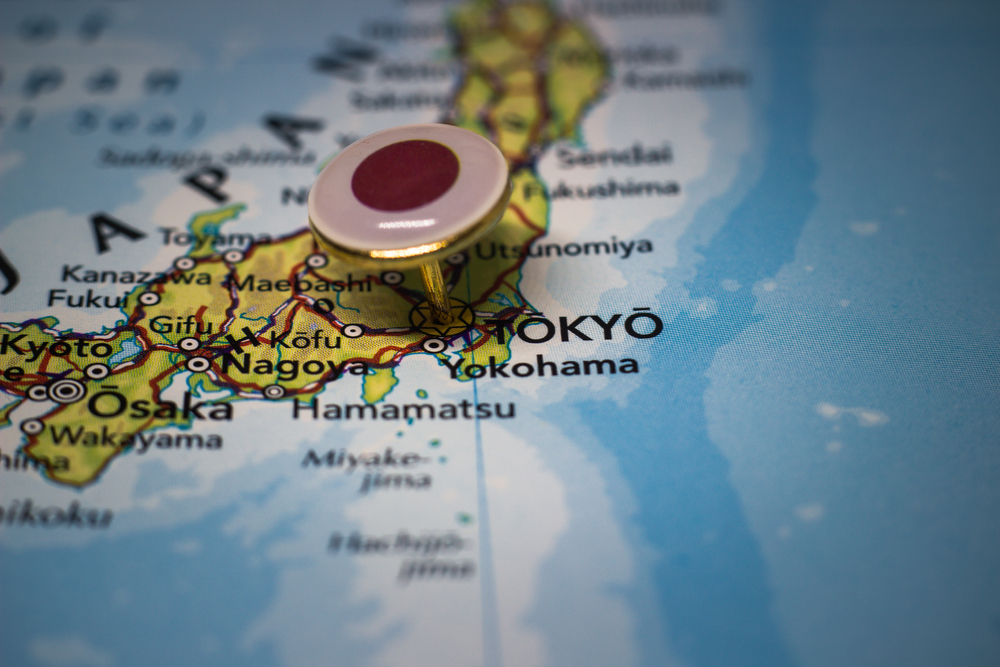From its breath-taking mountains to its bustling metropoles to its mouth-watering cuisine, Japan is a tourist’s paradise for many people. Part of the country’s charm is just how different the culture is to Western visitors – but this very same selling point can prove a challenge if you arrive unprepared.
Not only can you find local customs and ways of doing things difficult to understand (especially if your Japanese is lacking!), but you may also inadvertently offend the locals. Plus, Japan is not renowned for being a budget destination, so employing the basic tips and tricks outlined below can help you to travel safely, affordably and efficiently.
1) Get an eSIM card
Access to an internet connection at all times is your cheat code to finding the best food, translating a tricky phrase and avoiding getting lost in a new and bewildering city. The best way to stay connected while away is with a Japan eSIM card, which can be purchased before you depart for the entire duration of your stay. These ingenious innovations are already preinstalled on the latest handsets and can be remotely activated within minutes simply by scanning a QR code. For 24/7 internet access on your own terms, an eSIM card can’t be beaten.
2) Take the train
We’re all familiar with Japan’s famous bullet trains, and for intercity travel, there’s no better way to get around. Clean, fast and extremely efficient, trains are stress-free but not super affordable, so you can lighten the financial load by buying a rail pass. The Japan Rail Pass is the most popular option and allows unlimited travel on all Japan Railways (JR) trains, though you should be aware that JR aren’t the only service provider in the country, so it’s not an all-access acquisition. Having said that, the services with which it is compatible are usually sufficient.
3) Book accommodation long before you go
Japanese cities are notorious for their dense population and affordable accommodation can often be at a premium, so it’s sensible to look into where you want to stay well in advance. This way, you’ll avoid extortionate last-minute prices – or, worse, a lack of availability altogether. Plus, Japan has some of the most idiosyncratic accommodation options on the planet, so planning in advance can afford you the opportunity to stay in temples, capsule pods and other unusual locales.
4) Carry cash
Even though Japan has a (very well-deserved) reputation of being a tech mecca, that doesn’t mean it’s a completely cashless society – far from it. In fact, many restaurants, ramen bars and cafes will only accept cash, so it’s a good idea to carry a healthy supply of banknotes with you at all times. Indeed, as with traveling to any overseas destination, taking a variety of local currency and more than one international debit or credit card (which doesn’t charge fees), as well as storing them in different parts of your luggage or your person, is key to avoiding unpleasant outcomes in the case of theft or loss.
5) Take advantage of tax back
Many visitors to Japan are unaware that the country’s tax system offers a cashback loophole exclusively for tourists. All purchases of non-perishable goods (meaning clothing, technological gadgetry etc.) costing ¥5,000 or more (excluding tax) are eligible for a 10% tax refund. To make sure you don’t miss out on yours, be sure to take your passport whenever you head out for some retail therapy, since you’ll need this when claiming. It’s necessary to make your claim in the same shopping mall, street or other place where you made the purchase, so it makes the most sense to go directly to the nearest tax back station with your goods, the receipt and your ID to receive your rebate immediately.
6) Brush up on your Japanese etiquette
Last but not least, it’s vital that you behave in line with what’s expected of you as a visitor to the country. Japanese society is built on respect and decorum, but certain customs may be different from those to which you are accustomed. For example, did you know that crossing your chopsticks is frowned upon, and planting them in your rice is an omen of death? There are unwritten rules surrounding almost every aspect of daily life, from eating sushi and taking the train to visiting a Japanese home and dress codes. Do your homework before you go away to avoid unintentionally offending others.
Japan is a vibrant destination, packed to the brim with incredible sights, smells and foods. To make sure you get the most out of your visit, follow these simple tips to travel Japan like a pro.



